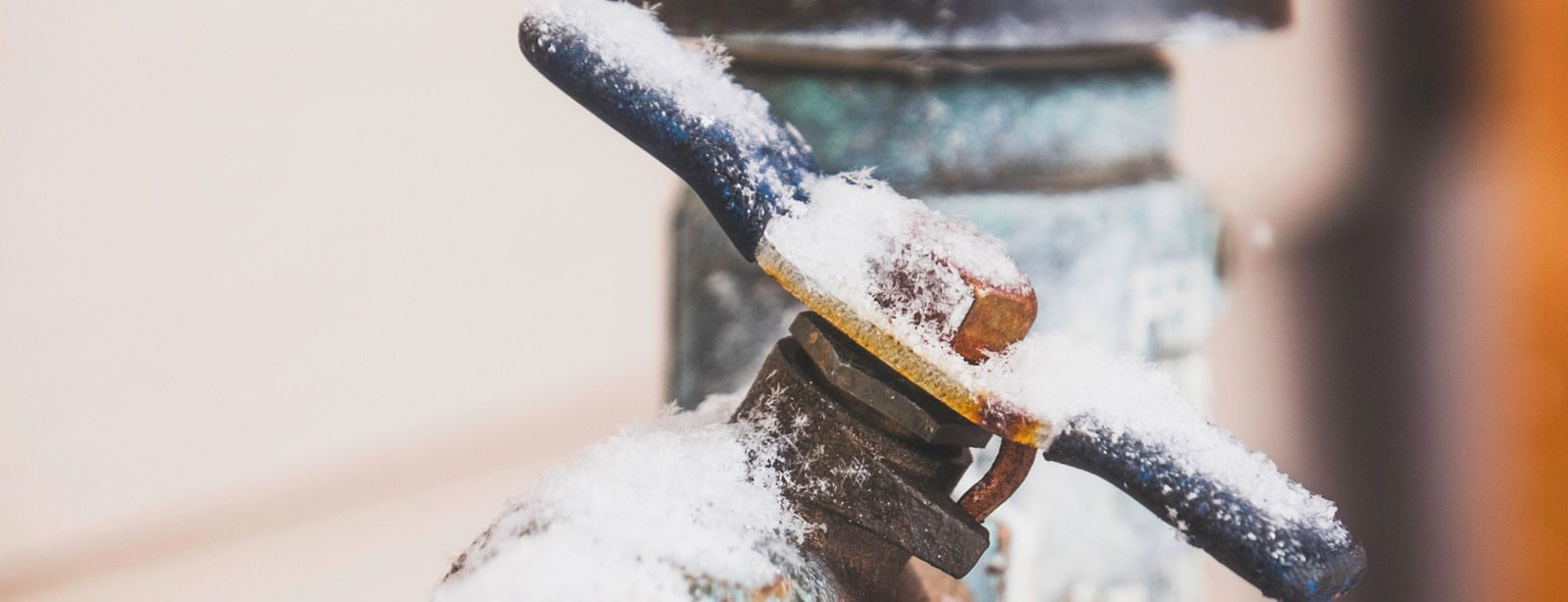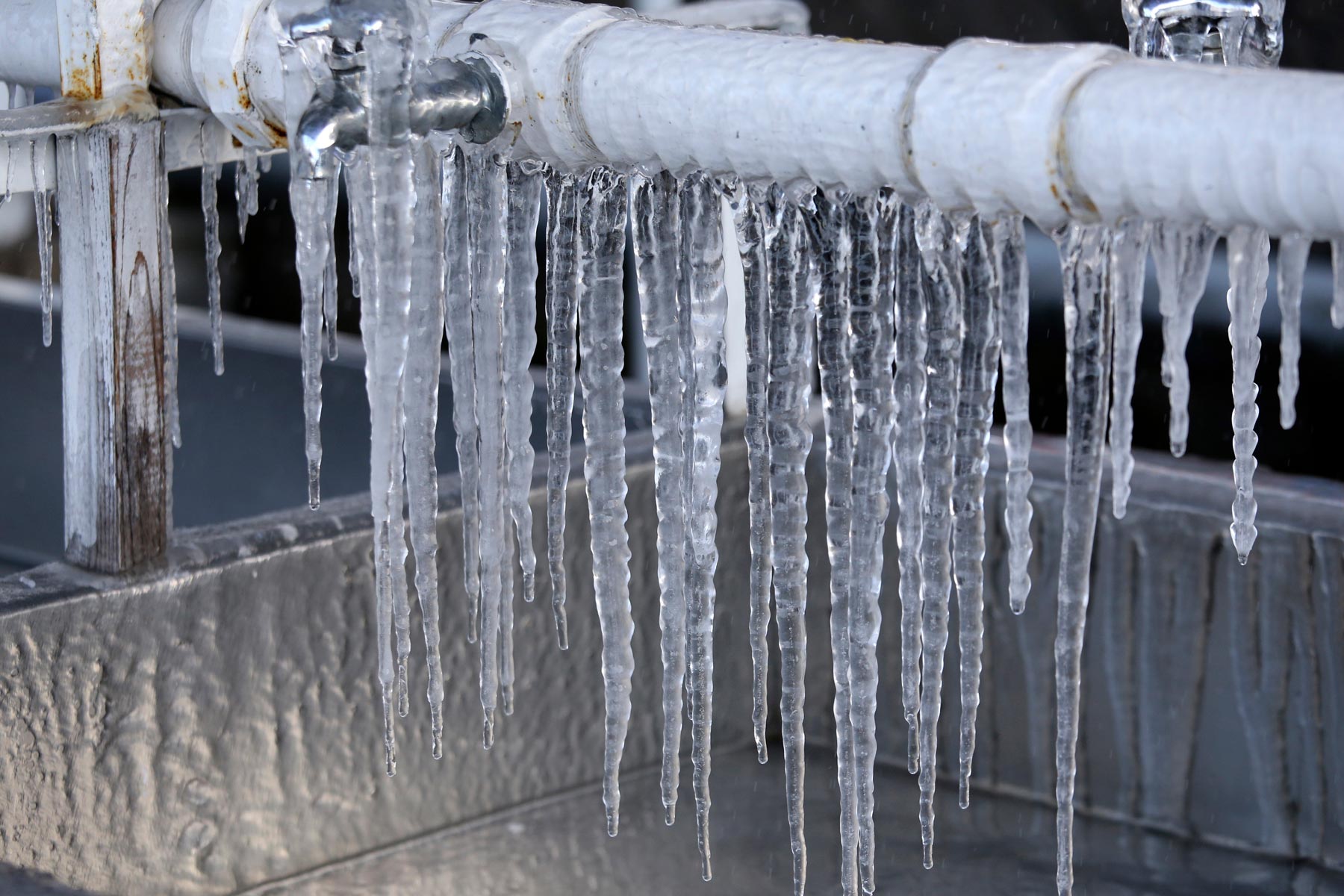Are you currently on the lookout for critical information around 6 Ways to Prevent Frozen Pipes?

Cold weather can damage your plumbing, especially by freezing pipes. Right here's just how to avoid it from taking place and what to do if it does.
Introduction
As temperature levels drop, the danger of icy pipes boosts, possibly leading to expensive fixings and water damage. Recognizing just how to avoid frozen pipes is vital for house owners in chilly environments.
Prevention Tips
Shielding vulnerable pipelines
Wrap pipes in insulation sleeves or make use of warmth tape to secure them from freezing temperatures. Focus on pipelines in unheated or external areas of the home.
Heating strategies
Maintain interior spaces appropriately heated, particularly areas with pipes. Open up closet doors to permit cozy air to flow around pipes under sinks.
How to identify frozen pipes
Look for decreased water flow from faucets, uncommon smells or sounds from pipelines, and visible frost on subjected pipes.
Long-Term Solutions
Structural adjustments
Take into consideration rerouting pipelines far from exterior walls or unheated locations. Include extra insulation to attics, cellars, and crawl spaces.
Upgrading insulation
Invest in high-quality insulation for pipelines, attics, and wall surfaces. Correct insulation assists keep consistent temperature levels and reduces the danger of icy pipes.
Securing Exterior Plumbing
Garden tubes and outdoor faucets
Detach and drain pipes yard hose pipes before wintertime. Mount frost-proof spigots or cover outdoor faucets with protected caps.
Recognizing Icy Pipelines
What creates pipes to freeze?
Pipelines ice up when exposed to temperature levels listed below 32 ° F (0 ° C) for expanded durations. As water inside the pipelines ices up, it broadens, putting pressure on the pipeline wall surfaces and potentially causing them to rupture.
Dangers and damages
Frozen pipelines can lead to water disruptions, property damage, and expensive repair services. Ruptured pipes can flooding homes and cause substantial architectural damage.
Signs of Frozen Pipeline
Determining frozen pipes early can prevent them from bursting.
What to Do If Your Pipes Freeze
Immediate activities to take
If you believe icy pipelines, keep faucets open to relieve stress as the ice thaws. Utilize a hairdryer or towels soaked in warm water to thaw pipes slowly.
Verdict
Protecting against frozen pipes calls for positive measures and fast reactions. By recognizing the causes, signs, and safety nets, homeowners can secure their pipes during cold weather.
5 Ways to Prevent Frozen Pipes
Drain Outdoor Faucets and Disconnect Hoses
First, close the shut-off valve that controls the flow of water in the pipe to your outdoor faucet. Then, head outside to disconnect and drain your hose and open the outdoor faucet to allow the water to completely drain out of the line. Turn off the faucet when done. Finally, head back to the shut-off valve and drain the remaining water inside the pipe into a bucket or container. Additionally, if you have a home irrigation system, you should consider hiring an expert to clear the system of water each year.
Insulate Pipes
One of the best and most cost-effective methods for preventing frozen water pipes is to wrap your pipes with insulation. This is especially important for areas in your home that aren’t exposed to heat, such as an attic. We suggest using foam sleeves, which can typically be found at your local hardware store.
Keep Heat Running at 65
Your pipes are located inside your walls, and the temperature there is much colder than the rest of the house. To prevent your pipes from freezing, The Insurance Information Institute suggests that you keep your home heated to at least 65 degrees, even when traveling. You may want to invest in smart devices that can keep an eye on the temperature in your home while you’re away.
Leave Water Dripping
Moving water — even a small trickle — can prevent ice from forming inside your pipes. When freezing temps are imminent, start a drip of water from all faucets that serve exposed pipes. Leaving a few faucets running will also help relieve pressure inside the pipes and help prevent a rupture if the water inside freezes.
Open Cupboard Doors
Warm your kitchen and bathroom pipes by opening cupboards and vanities. You should also leave your interior doors ajar to help warm air circulate evenly throughout your home.

Do you like reading up on Winter Plumbing Precautions: Preventing Frozen Pipes? Write a review further down. We will be pleased to know your opinion about this review. We hope that you come back again before long. Do you know somebody who is intrigued by the niche? Feel free to share it. Bless you for being here. Come back soon.
Click Here